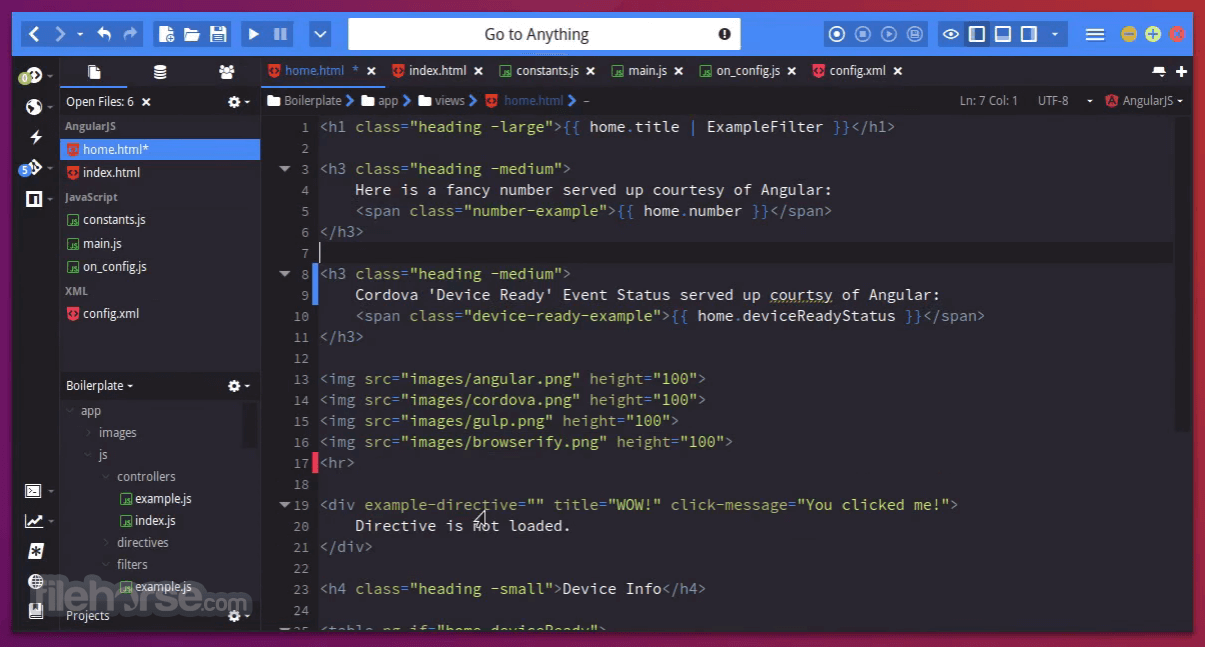Slack is a tool that enhances work group communications. It provides a platform for individuals and groups to chat live online and keep conversations organized and accessible from anywhere, anytime. Stanford Slack Grid, or Stanford Slack, is the enterprise version of Slack. It allows teams within Stanford to have separate, but connected, workspaces across the university.
With Stanford Slack it's easy to discover and join other workspaces that are central to your work, although some workspaces require approval to join. You'll also be able to send a direct message to almost anyone at Stanford.
- Slack is a new way to communicate with your team. It’s faster, better organized, and more secure than email.
- Slack may have launched with the purpose of replacing email in the workplace, but recently, Google has been fighting back by trying to get email to replace Slack.
- When you visit any website, it may store or retrieve information on your browser, mostly in the form of cookies. This information might be about you, your preferences or your device and is mostly used to make the site work as you expect it to.

Slack Slack is a tool that allows you to easily communicate with individuals, but more importantly, allows you to collaborate in channels with your entire team and other teams within the Norton Healthcare Slack workspace.
First time logging into Stanford Slack? Follow these instructions.
Features
- Message broadly — Stanford Slack is an enterprise-wide version allowing you to easily instant message individuals and groups, and share topic channels with any of your Stanford colleagues (that have Slack accounts), not just those in your local workspace.
- Connect easily and securely — Stanford Slack lets you quickly log in and authenticate with your SUNet ID.
- Find colleagues easily — Stanford Slack is fully integrated with the Stanford directory, letting you to easily find the account of any of your colleagues using Stanford Slack, not just those in your local workspace.
- Open communication channels to other Stanford workspaces — Stanford Slack allows you to share your channels with other workspaces in Stanford Slack.
Designed for
Faculty, staff, and students
Requirements
Base or full SUNet ID
Data security
Stanford Slack is approved for Low, Moderate, and High Risk Data, other than protected health information (PHI). Non-PHI High Risk data should be shared in private channels or direct messages only.


Rates
Stanford Slack Grid is provided at no cost to Stanford University faculty, staff, and students.
Get started
Download or launch Stanford Slack
- Select your platform to download and install the Slack app:
- Android
- Android
- Launch Slack from a web browser.
After logging in with your SUNet ID, you'll see the workspaces you are a member of and any workspaces you are eligible to join.
Use Stanford Slack
- #slack-training channel — get Slack training resources and information from your Stanford colleagues
- Using Slack — get to know the basics from the Slack Help Center
- Slack Guides — tips and tools from the Slack Help Center
- Slack Tips — get more out of Slack
- Learn about Slack Connect
- Visit UIT's Slack Blog
Get help
- For assistance, please submit a Help ticket.
- Visit the Slack Help Center for information about using and administering Slack.
The Slack platform offers several APIs to build apps. Each Slack API delivers part of the capabilities from theplatform, so that you can pick just those that fit for your needs. This SDK offers a corresponding package for each ofSlack’s APIs. They are small and powerful when used independently, and work seamlessly when used together, too.
Just starting out? The Getting Started tutorial willwalk you through building your first Slack app using Node.js.
| Slack API | What its for | NPM Package |
|---|---|---|
| Web API | Send data to or query data from Slack using any of over 130 methods. | @slack/web-api |
| Events API | Listen for incoming messages and many other events happening in Slack, using a URL. | @slack/events-api |
| Interactive Messages | Respond to button clicks, dialogs, and other interactions with messages. | @slack/interactive-messages |
| OAuth | Setup the authentication flow using V2 OAuth for Slack apps as well as V1 OAuth for classic Slack apps. | @slack/oauth |
| RTM API | Listen for incoming messages and a limited set of events happening in Slack, using websockets. | @slack/rtm-api |
| Incoming Webhooks | Send notifications to a single channel which the user picks on installation. | @slack/webhook |

Not sure about which APIs are right for your app? Read our blogpost that explains the options.If you’re still not sure, reach out for help and our community can guide you.
If you’re looking for an all-in-one solution that hides the underlying Slack APIs, but simplifies building a bot-styleapp inside Slack, try the Hubot Slack adapter. Hubot is a popular frameworkfor internal apps that automate workflows, perform ChatOps, or just generate silly memes.
Installation
Use your favorite package manager to install any of the packages and save to your package.json:
Requirements
This package supports Node v8 LTS and higher. It’s highly recommended to use the latest LTS version ofnode, and the documentation is written using syntax and featuresfrom that version.
Slack Web

Getting Help
Slack Web Crawler
If you get stuck, we’re here to help. The following are the best ways to get assistance working through your issue:
- Issue Tracker for questions, featurerequests, bug reports and general discussion related to this package.
- Email us in Slack developer support:
developers@slack.com - Bot Developers Hangout: a Slack community for developersbuilding all types of bots. You can find the maintainers and users of this package in #sdk-node-slack-sdk.
